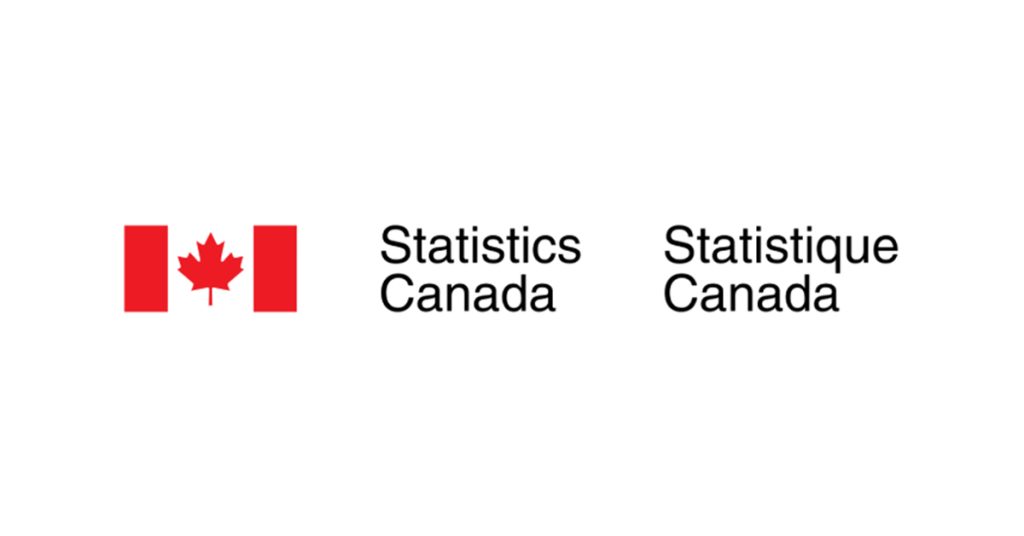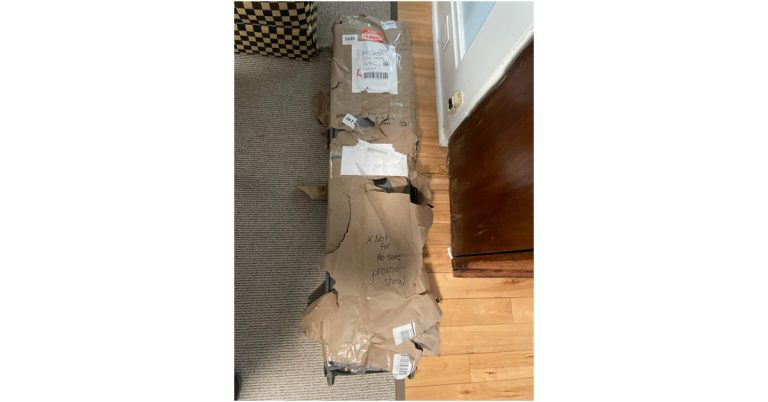Wholesale Trade, August 2024

October 28, 2024
Wholesale sales (excluding petroleum, petroleum products, and other hydrocarbons and excluding oilseed and grain) fell 0.6% to $81.9 billion in August. Sales declined in five of the seven subsectors, with the largest declines coming from the motor vehicle and motor vehicle parts and accessories subsector and the agriculture supplies industry group within the miscellaneous subsector. Wholesale sales were 1.4% lower in August, compared with the same month one year earlier.
In volume terms, wholesale sales (excluding petroleum, petroleum products, and other hydrocarbons and excluding oilseed and grain) declined 0.7% in August.
Chart 1
Wholesale sales (excluding petroleum, petroleum products, and other hydrocarbons and oilseed and grain) decline in August

Lower sales in agriculture supplies and motor vehicle and motor vehicle parts and accessories in August
After leading the sector’s increase in July, sales in the miscellaneous subsector (-3.9% to $10.1 billion) drove declines in wholesale trade in August. Six of its seven industry groups registered declines, with the agriculture supplies industry group (-5.6% to $3.2 billion) being the largest contributor to the decrease.
Following an increase in July (+1.3% to $14.3 billion), sales in the motor vehicle and motor vehicle parts and accessories subsector decreased by 1.8% to $14.0 billion in August. Sales fell in two of the three industry groups in August, with the largest decline coming from motor vehicle merchant wholesalers (-2.5% to $11.3 billion).
The decline in wholesale sales in August was moderated by an increase in the personal and household goods subsector (+2.3% to $12.5 billion). This increase was mainly due to the increase observed in the pharmaceuticals and pharmacy supplies industry (+2.2% to $7.0 billion).
Ontario leads provincial sales decline
In August, six provinces reported experiencing a decline in wholesale sales, with Ontario (-1.4%) leading the way, followed by British Columbia (-1.0%).
Wholesale sales in Ontario fell by 1.4% to $41.7 billion in August, marking the fourth consecutive month of declines. Sales decreased in five of the seven subsectors, with significant drops occurring in the motor vehicle and motor vehicle and parts and accessories subsector (-3.1% to $9.5 billion) and the miscellaneous subsector (-5.0% to $4.6 billion).
British Columbia reported experiencing the second-largest decline in provincial sales, falling 1.0% to $7.7 billion in August. Sales decreased in four of the seven subsectors, with the machinery, equipment and supplies subsector (-4.3% to $1.4 billion) experiencing the most significant drop in August.
The provincial decline in wholesale sales in August was moderated by increased sales in Quebec, up 1.1% to $15.1 billion. Sales increased in five of the seven subsectors, driven by the machinery, equipment and supplies subsector (+3.2% to $2.5 billion) and the motor vehicle and motor vehicle parts and accessories subsector (+2.5% to $2.0 billion).
Inventories grow in August
Wholesale inventories (excluding petroleum, petroleum products, and other hydrocarbons and excluding oilseed and grain) rose 0.3% to $127.3 billion in August.
Inventory gains were recorded in four of the seven subsectors in August. The personal and household goods subsector (+2.2% to $20.6 billion) recorded the largest increase, as inventory increases were recorded in three of five industry groups. This was followed by the building material and supplies subsector (+1.0% to $22.3 billion); inventory levels in this subsector were 6.1% lower compared with the same period the previous year.
Despite a rise in inventories in the majority of subsectors in August, decreases in the miscellaneous subsector (-2.2% to $14.5 billion) limited the overall growth.
The inventory-to-sales ratio increased from 1.54 in July to 1.56 in August. This ratio is a measure of the time (in months) required to exhaust inventories if sales were to remain at their current levels.











